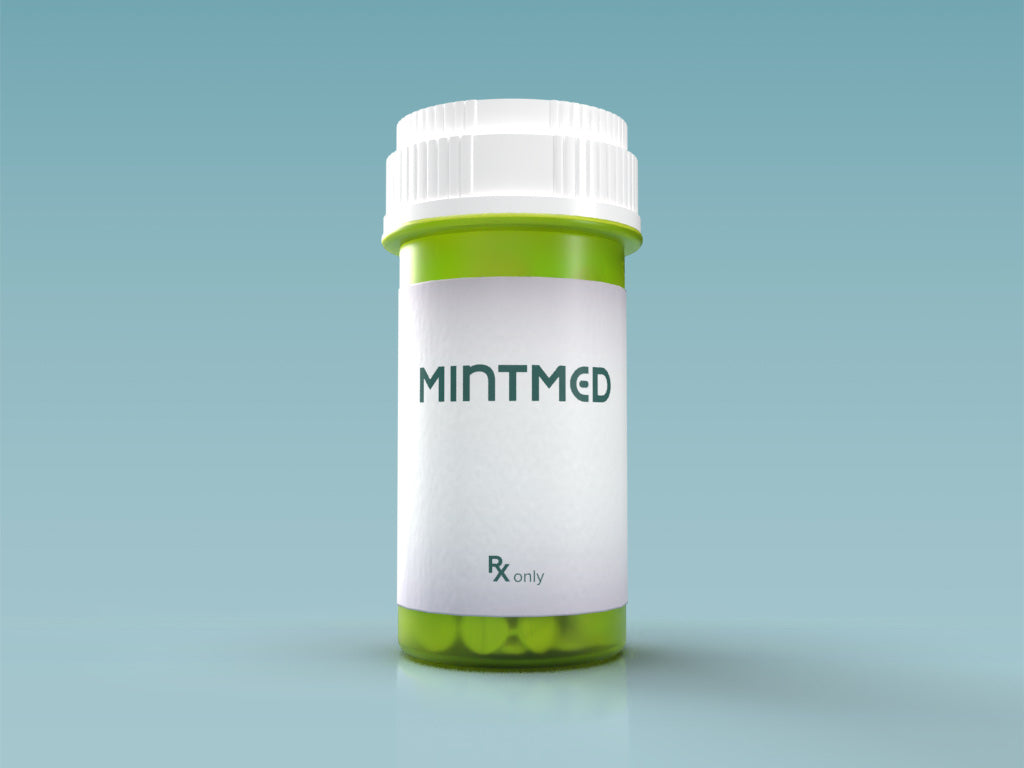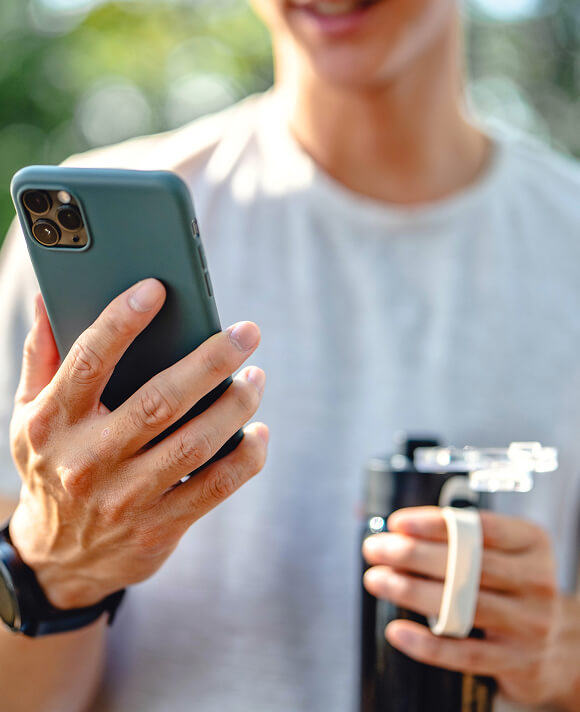

Oral Minoxidil
-
Helps Enhance Density and Fullness with a Scalp-Focused Approach
- A Simple Step Toward Stronger, More Balanced Hair Wellness
- Oral Alternative to Topical Hair Growth Products
1. Instant email with your secure patient portal link
2. Complete the 3-minute intake anytime
3. U.S. doctor reviews within hours — same-day approvals 7 days a week
4. Medication ships free overnight once approved
Not approved? Full, instant refund — no questions asked

Over 8,000+ patients served
We collect payment to secure your spot and start the medical review immediately. If the doctor determines treatment isn’t right for you, you’ll receive a full, instant refund — no questions asked.
— Tiffany F., lost 45 lbs in 5 months
-
Provider Review: Response Within 6 Hours*
A licensed provider reviews your health info and submits your prescription if approved.*During business hours.
-
Free Shipping
3-5 Business Days
-
Confidence Commitment
Every order is reviewed by a licensed provider. If not eligible, you’ll be refunded right away.
Pairs well with

Oral Minoxidil
Simple Steps
Your Journey to Better Health

Step 1
Start with a HIPAA-Compliant Questionnaire
Answer a few simple questions about your health and goals. Our secure, confidential questionnaire ensures you receive safe and effective treatment options.

Step 2
Consult with Our Licensed Providers
Connect with a qualified healthcare provider from the comfort of your home. Our experts will assess your needs, answer your questions, and personalize your treatment plan.

Step 3
Receive Your Personalized Plan
Based on your consultation, you’ll receive a customized weight loss strategy tailored to your body and goals—so you can achieve lasting results with confidence.

Step 4
Enjoy Hassle-Free Medication Delivery & Ongoing Support
Your prescribed treatment is discreetly delivered to your door, and our team is here for ongoing guidance. Have questions? Need adjustments? We’re with you every step of the way.
What is oral minoxidil?
How does minoxidil work?
Who is oral minoxidil for?
What’s the difference between topical and oral minoxidil?
What are the most common side effects of oral minoxidil?
Certifications & Approvals
At Mint Medicine, we work exclusively with licensed providers and accredited partners to uphold high standards of quality and transparency. Our pharmacy and platform partners maintain certifications such as LegitScript, PCAB, and HIPAA compliance to support responsible care and regulatory alignment.








